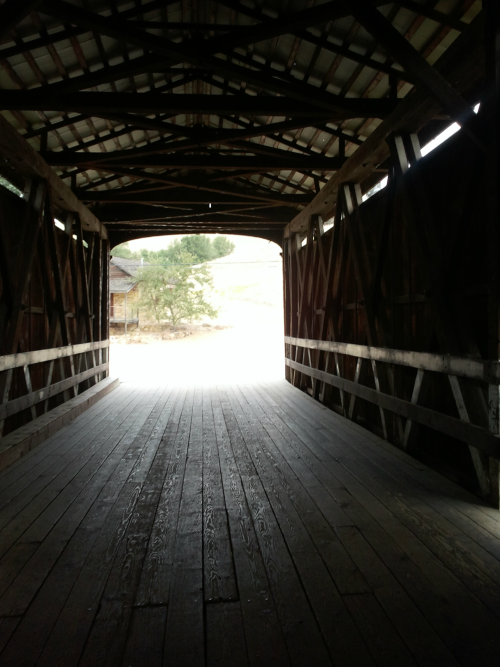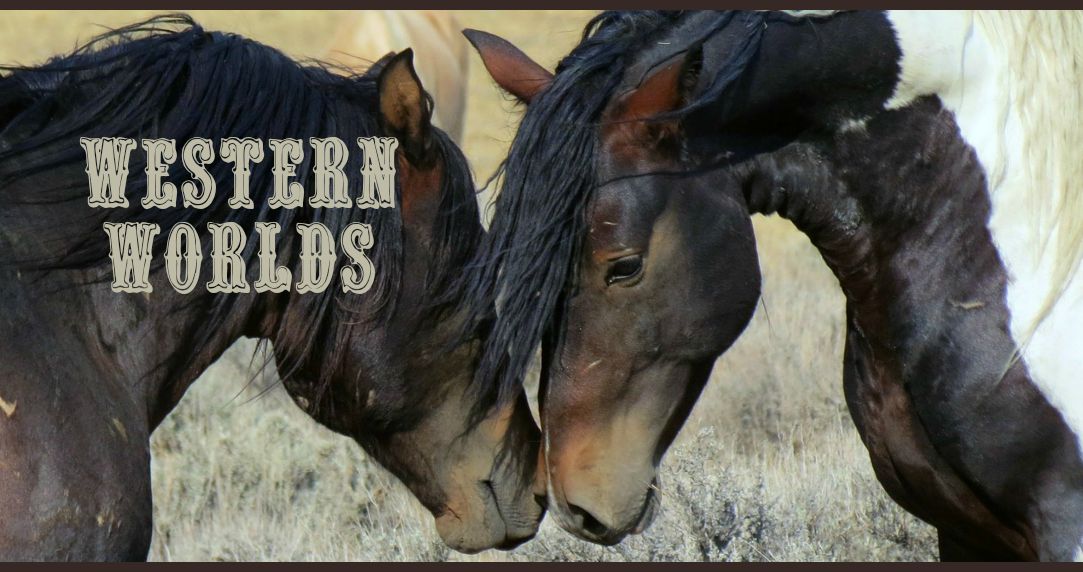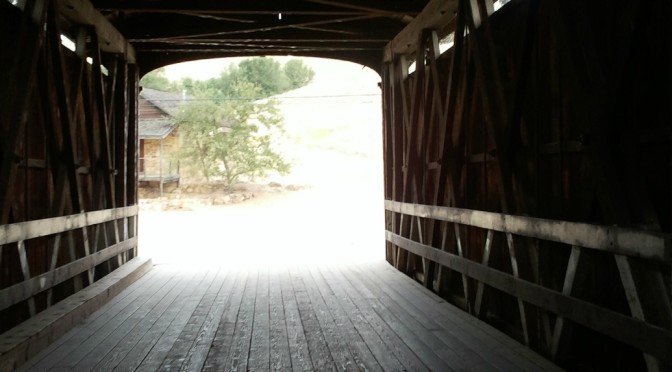Some places stir strong emotions due to the memories they evoke. This is the case for me whenever I return to an old crossing on the Stanislaus River, to the covered bridge at Knights Ferry. This was a place of history long before I first laid eyes on it during a childhood outing with my family.
We had more love than money in those days. Gas was cheap, so a family outing most likely meant a drive. Lunch meat slapped on dry bread was our go-to travel meal, and we’d look for likely places to pull over and picnic. That’s how we discovered the covered bridge at Knights Ferry.
Story of the Covered Bridge at Knights Ferry

William Knight, a doctor and mountain man, settled in the area in 1849. In partnership with one James Vantine, Knight fashioned a ferry from an old whaling vessel and set up shop. Situated between the gold-rich Sierra foothills and the inland sea port of Stockton, Knight’s ferry became a popular crossing. At the peak of the gold rush, Knight and Vantine sometimes earned $500 a day.
In the winter of 1949 William Knight was gunned down in Knights Ferry, the town he established, by an assailant whose name is “lost in history.” After Knight’s death, Vantine acquired a new partner, and together they upgraded the ferry.
However, in 1854, David Locke established a successful flour mill near the river and eventually bought out Vantine’s partner and retained ownership of the river crossing. Instead of continuing the ferry, he brought the idea of erecting a bridge to citizens of the town.
The first bridge that spanned the crossing was built in 1857. It was so sturdy that it survived a super flood in of 1862. However, a bridge two miles up-river washed downstream and took out the bridge at Knights Ferry. Another bridge was built at the crossing, higher to withstand floods.
The prosperity of the gold rush ended, and the center of travel shifted to Oakdale. The town’s fortunes ebbed. In 1880, Locke sold the flour mill to the county of Stanislaus, and it was put to use as a power plant.
Knights Ferry Landing Today
Today the old mill stands empty, a picturesque ruin that whispers of bygone glory days.I’m glad I caught a picture of the bridge at Knights Ferry a couple of years ago before the county placed bars across the entrance to prevent people from driving across.
Crossing the covered bridge at Knights Ferry on foot was an experience all its own. You can see through gaps between the floorboards to the river roaring and rushing below. The old mill waits for you on the other bank, now a forlorn ruin.
For me crossing the covered bridge at Knights Ferry has the power to take me to where a small girl plays in light and shadow on a river bank, her mother offers dry sandwiches, and the father who will never again hold her hand is separated by the space of a memory.


